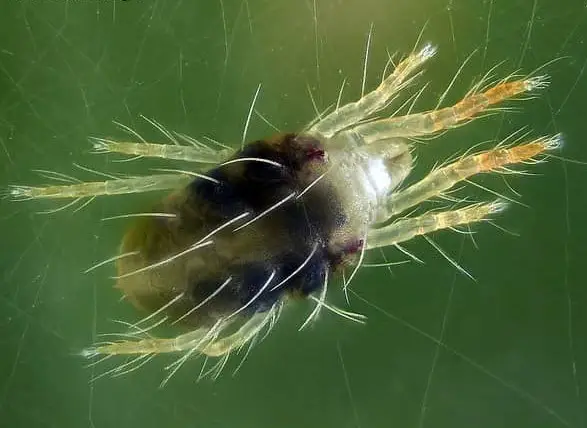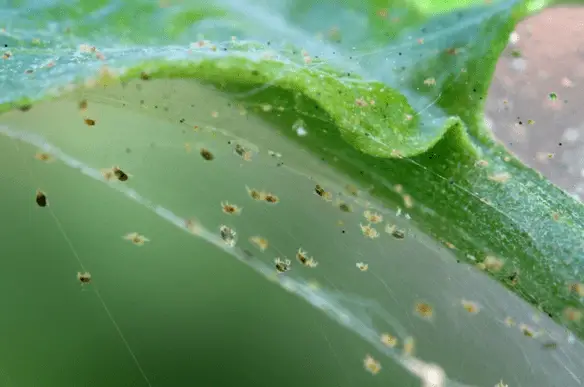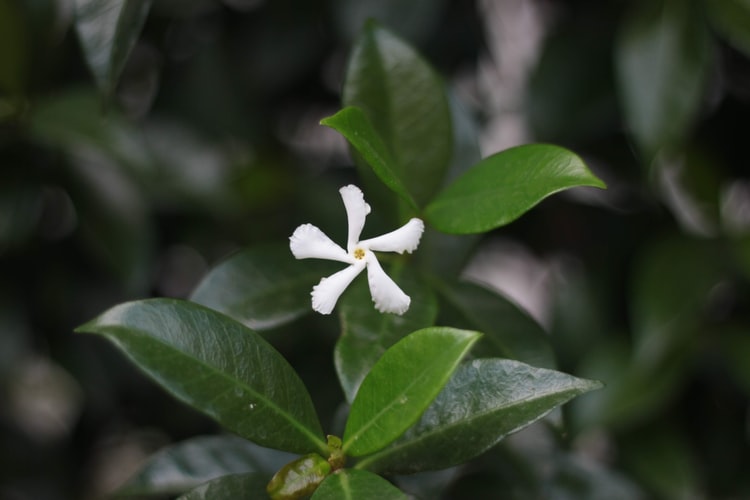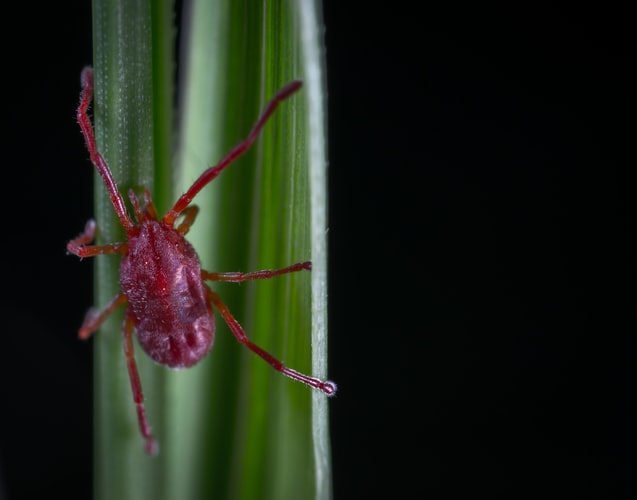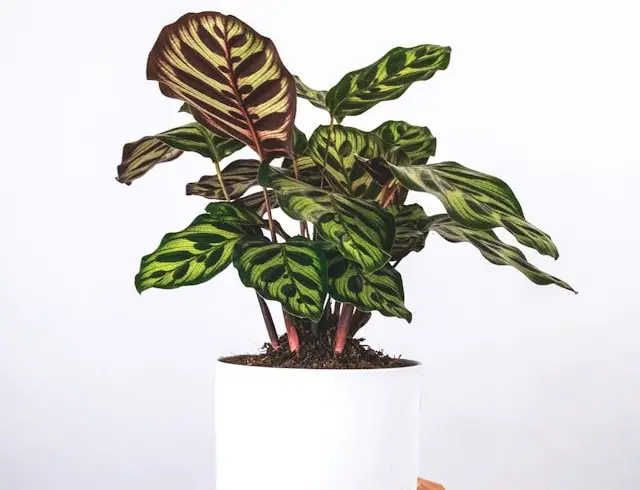
Calathea plants are known for their beautiful and vibrant foliage. However, if you notice that the leaves of your Calathea are curling and turning brown, it can be a sign of stress or an underlying issue. In this article, we will explore the common causes of curling and browning leaves in Calathea plants and provide you with helpful tips to address these problems.
1. Environmental Factors for Why Calathea Leaves Are Curling and Turning Brown
One of the most common reasons for Calathea leaves curling and turning brown is improper environmental conditions. Calathea plants are native to tropical regions and thrive in warm and humid environments. Here are some environmental factors to consider:
| Environmental Factor | Possible Solution |
|---|---|
| Low Humidity | Calathea plants require high humidity levels. Increase humidity by misting the leaves regularly, placing a humidifier nearby, or using a pebble tray filled with water. |
| Direct Sunlight | Calathea plants prefer bright, indirect light. Direct sunlight can scorch the leaves and cause them to curl and turn brown. Place your plant in a location with filtered or indirect light. |
| Temperature Fluctuations | Calathea plants are sensitive to temperature changes. Avoid placing them near drafts, vents, or air conditioning units. Maintain a consistent temperature between 60-75°F (15-24°C). |
2. Water Issues
Overwatering or underwatering can also cause Calathea leaves to curl and turn brown. It’s important to find the right balance when it comes to watering your Calathea plant. Here are some watering tips:
- Check the moisture level of the soil regularly. Calathea plants prefer slightly moist soil, but not soggy. Stick your finger about an inch into the soil to determine if it’s time to water.
- Water your Calathea plant when the top inch of soil feels dry to the touch. Use room temperature water to avoid shocking the roots.
- Avoid letting your Calathea sit in standing water, as it can lead to root rot. Ensure proper drainage by using a well-draining potting mix and a pot with drainage holes.
- Consider using a self-watering pot or a moisture meter to help maintain consistent moisture levels.
learn more on how Can too Much Water Kill your Plant
3. Pest Infestation
Pests can also be a cause of curling and browning leaves in Calathea plants. Common pests that affect Calathea include spider mites, mealybugs, and aphids. Here’s how to deal with pest infestations:
- Inspect your Calathea plant regularly for signs of pests, such as webbing, tiny insects, or sticky residue. Pay close attention to the undersides of the leaves.
- If you spot any pests, isolate the affected plant to prevent the infestation from spreading to other plants.
- Use organic insecticidal soap or neem oil to treat the pests. Follow the instructions on the product label and apply the treatment thoroughly, ensuring all affected areas are covered.
- Repeat the treatment as necessary to eliminate the pests completely.
4. Nutrient Deficiency
A lack of essential nutrients can also cause Calathea leaves to curl and turn brown. Here are some common nutrient deficiencies and their symptoms:
| Nutrient Deficiency | Symptoms | Possible Solution |
|---|---|---|
| Nitrogen | Yellowing leaves, stunted growth | Apply a balanced houseplant fertilizer or a nitrogen-rich fertilizer according to the package instructions. |
| Iron | Yellowing leaves with green veins | Use an iron supplement or apply iron chelate to the soil to correct the deficiency. |
| Potassium | Brown or scorched leaf edges | Apply a potassium-rich fertilizer or add potassium sulfate to the soil to address the deficiency. |
It’s important to note that nutrient deficiencies may not be the sole cause of leaf curling and browning. Addressing other factors, such as watering and environmental conditions, is also crucial for overall plant health.
5. Cultural Practices
Lastly, improper cultural practices can contribute to curling and browning leaves in Calathea plants. Here are some tips to ensure proper care:
- Avoid using harsh chemicals or pesticides on your Calathea plant, as they can damage the leaves. Opt for organic pest control methods whenever possible.
- Regularly dust the leaves of your Calathea to keep them clean and free from dust buildup. Use a soft, damp cloth or a gentle spray of water to remove dust.
- Prune any damaged or dead leaves to promote new growth and maintain the overall appearance of the plant.
- Repot your Calathea plant every 1-2 years to refresh the soil and provide more space for root growth. Choose a pot that is slightly larger than the current one and use a well-draining potting mix.
Frequently Asked Questions (FAQs)
Q: Why are the edges of my Calathea leaves turning brown?
A: Brown edges on Calathea leaves can be caused by low humidity, underwatering, or direct sunlight. Make sure to provide adequate humidity, water your plant properly, and keep it away from direct sunlight.
Q: How often should I water my Calathea plant?
A: Water your Calathea plant when the top inch of soil feels dry to the touch. Avoid overwatering, as it can lead to root rot.
Q: Can I use tap water to water my Calathea?
A: Calathea plants are sensitive to chemicals found in tap water, such as chlorine and fluoride. It’s best to use filtered or distilled water to prevent any potential damage to the leaves.
Q: How can I increase humidity for my Calathea plant?
A: You can increase humidity for your Calathea plant by placing a humidifier nearby, using a pebble tray filled with water, or grouping your plants together to create a microclimate.
Q: Can I use any fertilizer for my Calathea plant?
A: It’s recommended to use a balanced houseplant fertilizer or specific fertilizers formulated for Calathea plants. Follow the instructions on the fertilizer packaging for proper application.
By addressing these common causes and implementing the necessary solutions, you can help prevent curling and browning leaves in your Calathea plants. Remember to observe your plant closely and make adjustments as needed to ensure its overall health and vitality.

